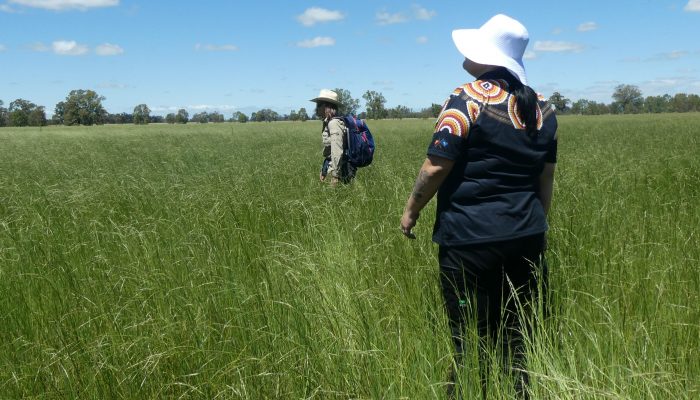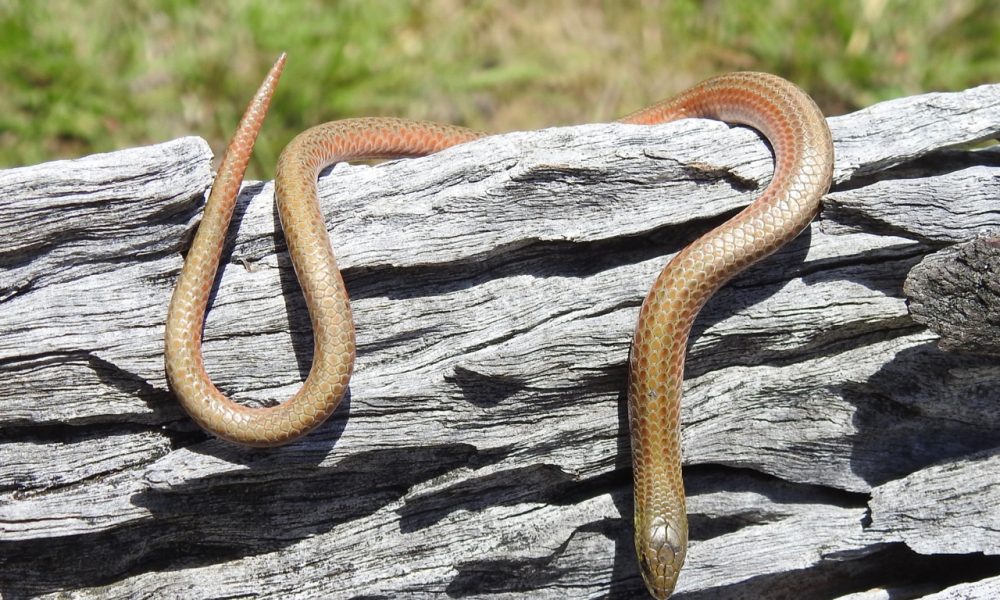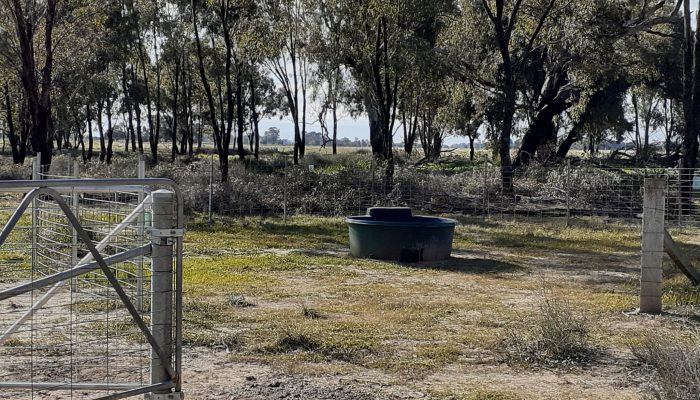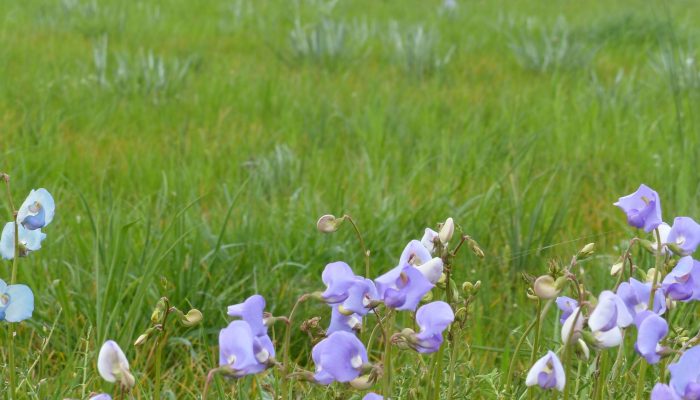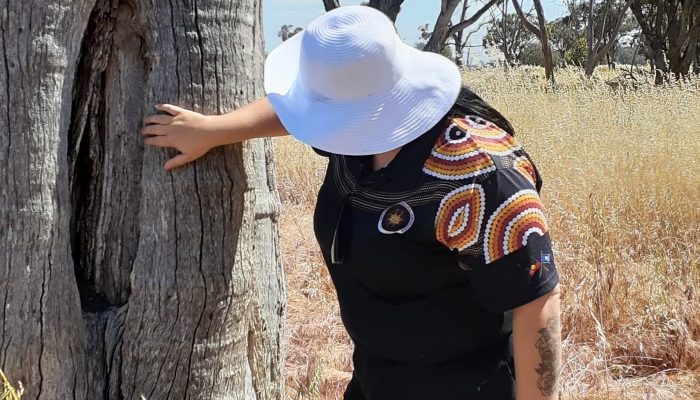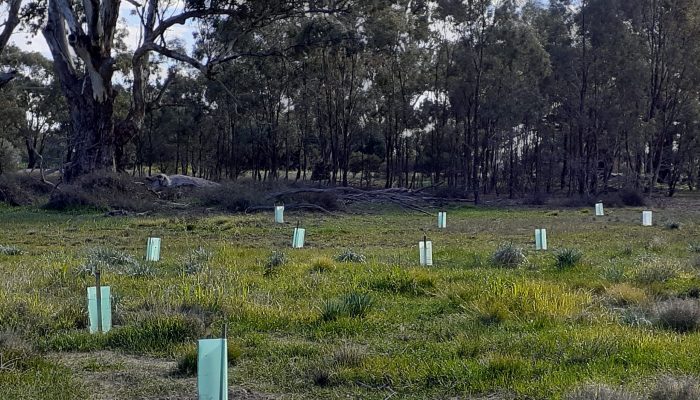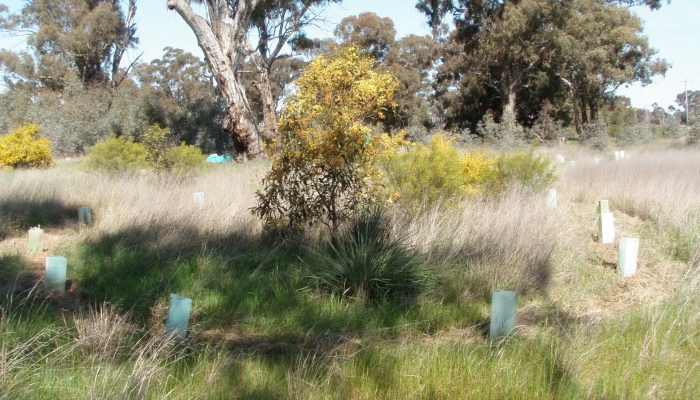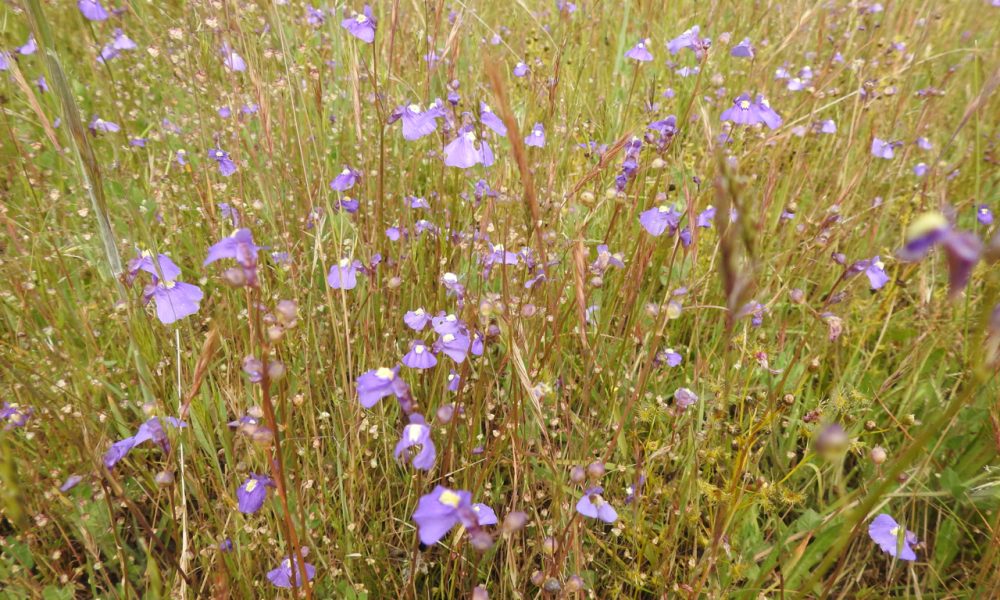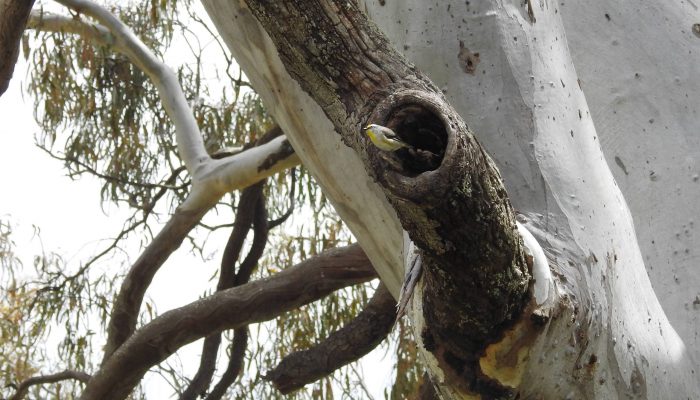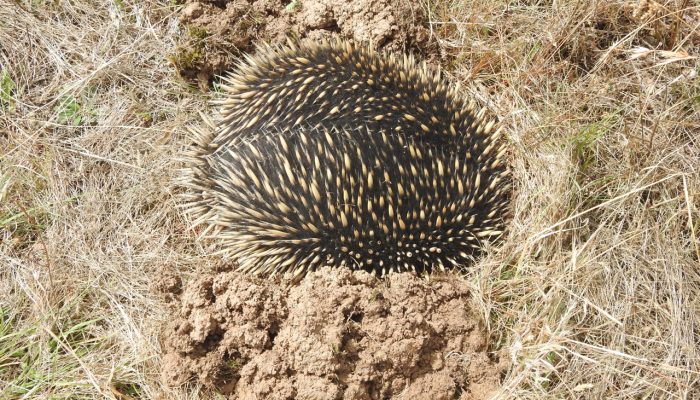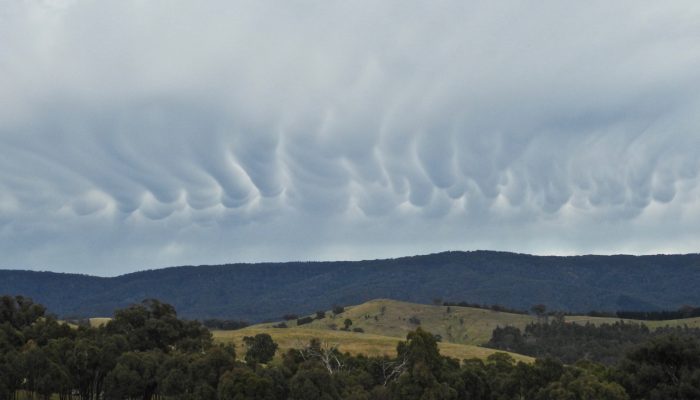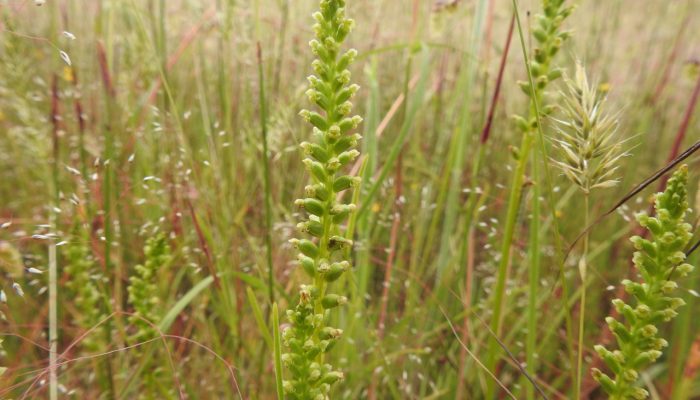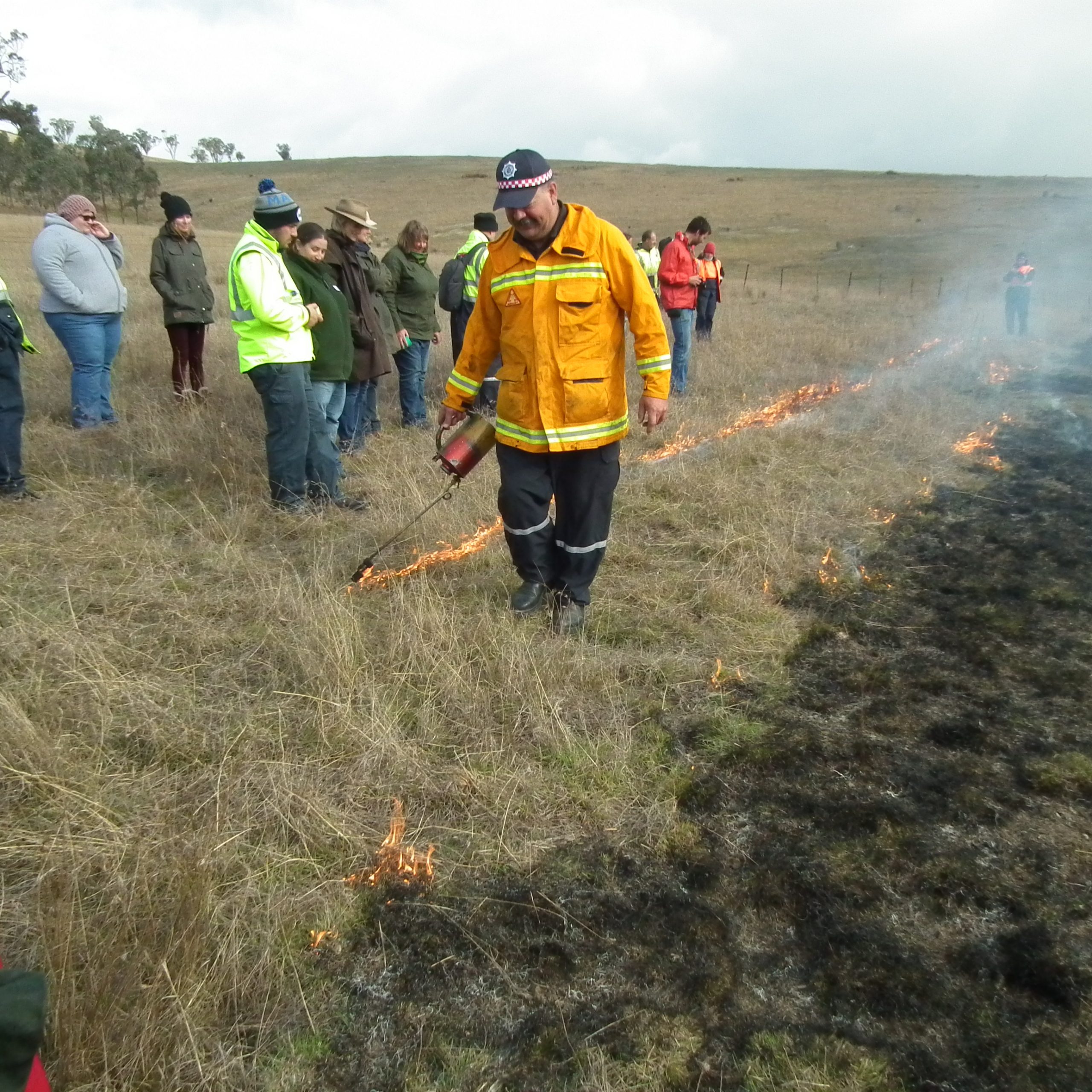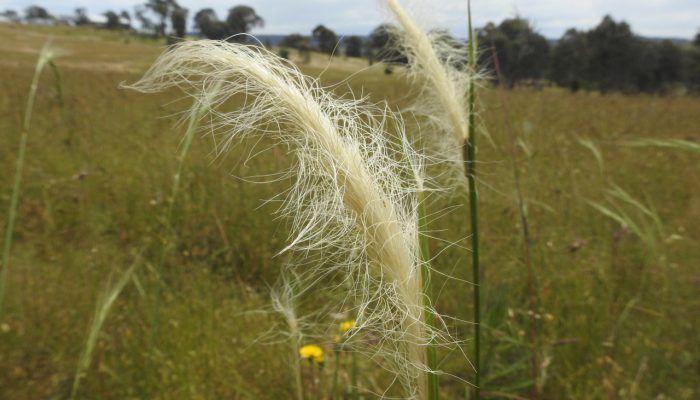Tomlinson's Swamp Reserve
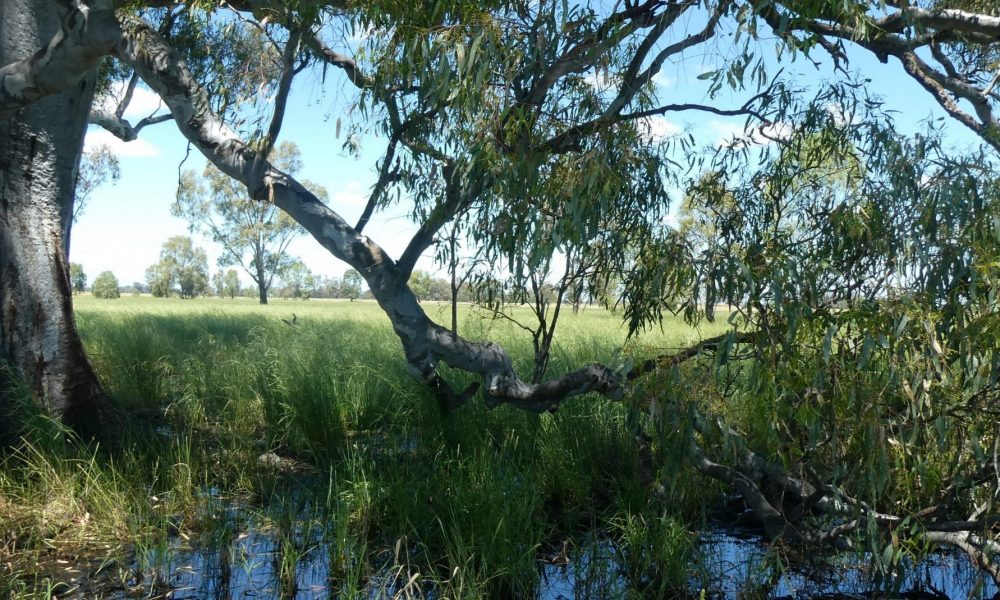
Tomlinson's Swamp Reserve
respects the Traditional Owners of
this land.
Tomlinson’s Swamp Reserve encompasses 69 ha of endangered wetland ecosystems and is a breeding site for the enigmatic Brolga (Grus rubicunda) and other waterbirds such as the critically endangered Intermediate Egret (Ardea intermedia). The wetlands are made up of two ecological vegetation communities, Red Gum Wetland and Plain Grassy Wetland Mosaic.
Tomlinson’s Swamp is located in Tungamah and can be accessed via Three Chain Road near the corner of Pelluebla Road. The access gate into the reserve is locked.
All Trust for Nature reserves are closed on days of Total Fire Ban, and days of severe, extreme and code red fire danger.
Explore Tomlinson's Swamp Reserve
Since European settlement, over 97 per cent of Plains Grassy Wetlands in the Goulburn Broken catchment has been lost. Of what remains, 92 per cent occurs on private land. This community contains open, eucalypt woodland with an understorey rich in summer-growing grasses and herbs.
Only 81 per cent of the original extent of Red Gum Wetland remains within the Goulburn Broken catchment due to clearing, inappropriate grazing and draining. Red Gum Wetlands typically should be inundated for between 2-6 months a year. The annual inundations recorded at Tomlinson’s Swamp have often been below these levels. Red Gum Wetlands are dominated by eucalypt species with a herbaceous aquatic understorey.
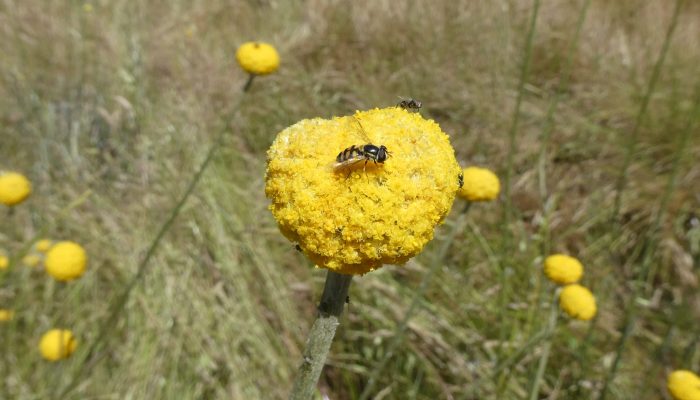
Tomlinson’s Swamp provides habitat for a diverse range of birds, reptiles and amphibians. Brolgas visit the swamp most years. The critically endangered Intermediate Egret (Ardea intermedia) has also been sited. Other interesting species include the vulnerable Australasian Shoveler (Anas rhynchotis), the vulnerable Great Egret (Ardea modesta), the Nankeen Night-Heron (Nycticorax caledonicus) and Brown Treecreeper (Climacteris picumnus).
Numerous important flora species occur on the reserve. These include the rare Slender Water-ribbons (Triglochin dubia) and the vulnerable Pepper Grass (Panicum laevinode), as well as other attractive species such as the Swamp Billy-Buttons (Craspedia paludicola) and Drumsticks (Pycnosaurus globosus).
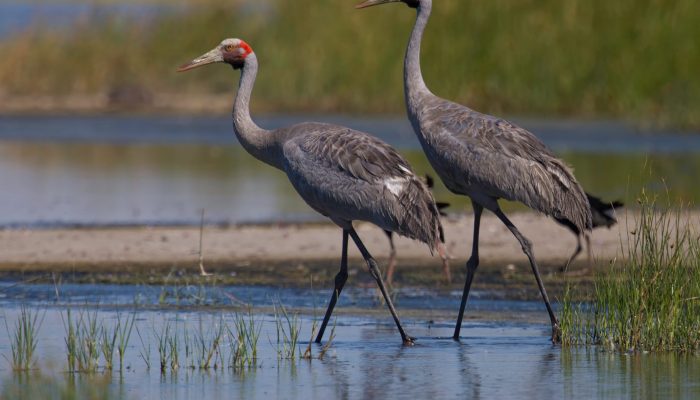
Tomlinson’s Swamp was purchased by Trust for Nature in 2004 with funds from the Victorian Government. Prior to purchase, the property was used to domestic livestock grazing.
Land management actions have included fencing to exclude livestock and weed control works including for Paterson’s Curse, Bathurst Burr and Phalaris. Revegetation has occurred in the northern section, with species such as River Red Gum (Eucalyptus camaldulensis), Grey Box (Eucalyptus microcarpa) and Buloke (Allocasuarina luehmannii) along with a variety of shrub species. A fox eradication program has been carried out in conjunction with the Catchment Management Authority to reduce the threat to Brolga populations and other native species.
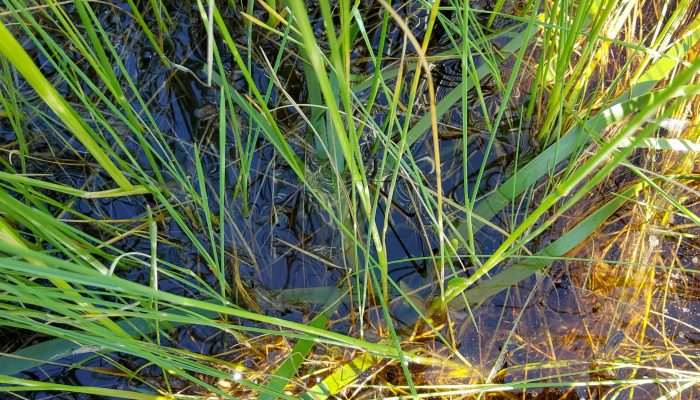
Access is via Three Chain Road only.
Some areas of the reserve are off limits during the brolga breeding season. This is to ensure that the birds are not disturbed during this crucial time. Please respect all signage and directions.
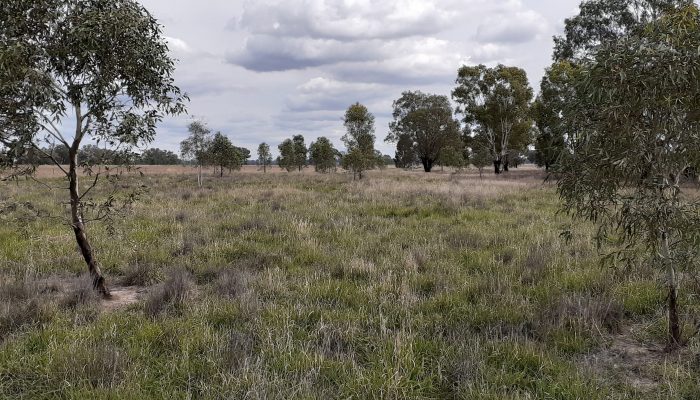
Our reserves have hazards that may cause serious injury or death. You are responsible for your own safety and the safety of those in your care.
The reserve is closed during days declared as Total Fire Bans and/or where the fire danger rating is Severe, Extreme or Code Red.
The reserve is home to a variety of wildlife, including several species of venomous snake. During summer it is advised that long trousers and gaiters are worn when walking in the reserve.
Visitors to the reserve are requested to not cross any fence-lines, or venture onto neighbouring private property. All visitors are requested to stay on the marked walking trails.
Other hazards:
- Remote location
- Uneven surfaces
